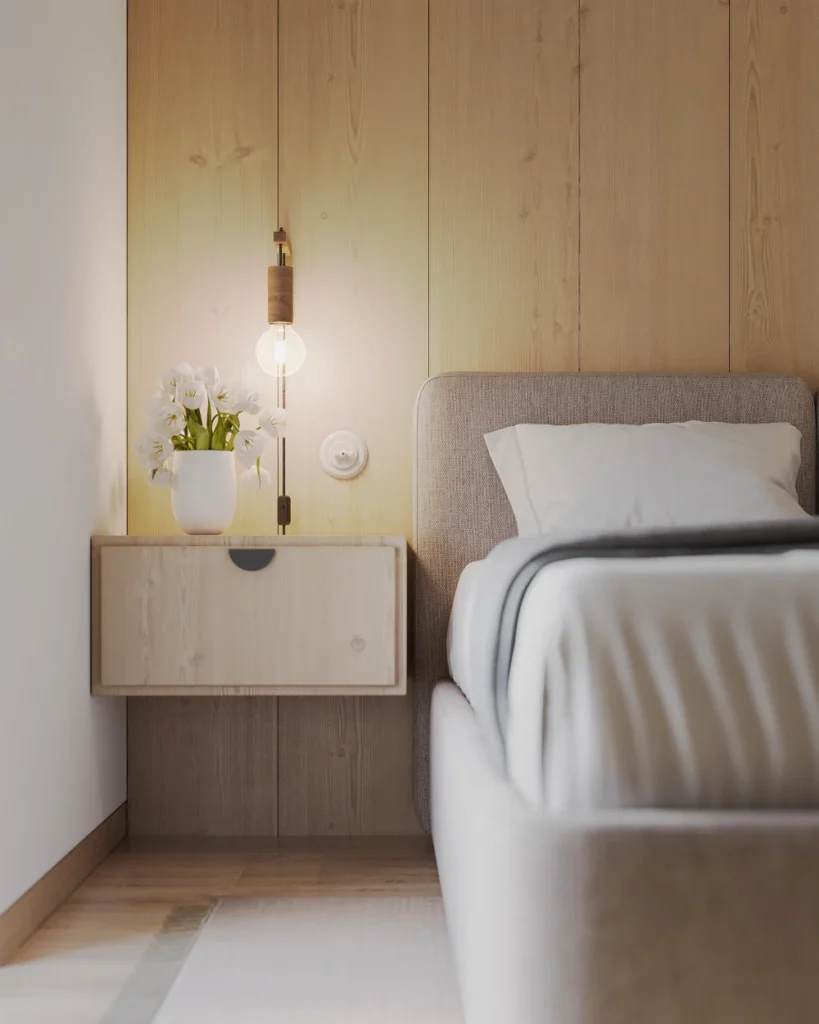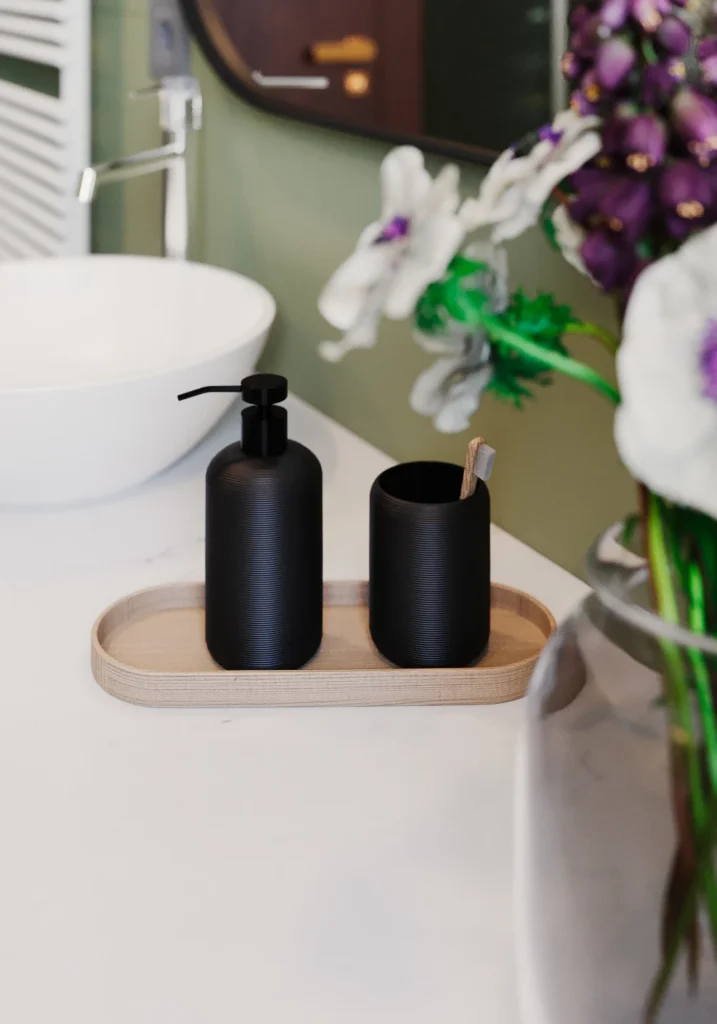Each project is unique and special. Leaving marks on us for life.
We present a selection of some works, already carried out, that brought us immense emotions.
Therefore, we want to share them with you, step by step.
In the end,
how does everything happen at CURO?
Architecture is not a luxury, but a right!
We believe that each space is a reflection of your personality and your lifestyle. Therefore, at CURO knowing how to listen to you is our biggest focus, in order to understand your needs, preferences and goals.
We play with creativity, combined with technical knowledge and overflowing with dedication. We believe that Architecture is not a luxury, but a right and, therefore, we create completely personalised solutions for each space and, mainly, for YOU.
Our Services
Architecture is an 'art' that is produced in a 'service' and transforms itself into a 'work'.
Para facilitar a tua escolha, sobre o que necessitas, encontras em destaque alguns desses serviços.
But be careful, there is a lot to discover!



At CURO, we believe that Architecture is from and to everyone.
As such, we like to keep our followers informed about our adventures.
Sign up! We promise to not be boring!